The U.S. economy is experiencing a period of slowdown and uncertainty, heightening concerns about the future of the dollar as a safe haven for global investors. A recent Reuters poll revealed that market confidence in the U.S. currency is gradually eroding, with the majority of currency strategists surveyed expecting the dollar to continue weakening over the coming year amid rising fears of a potential recession and disruptions in fiscal and trade policies.
Market data indicates that the U.S. dollar has lost nearly 9% of its value against a basket of major currencies since the beginning of the year, driven mainly by volatility in U.S. trade policy. Despite repeated announcements of reciprocal import tariffs, the 90-day grace period announced by the U.S. administration in April failed to bring any real stability to the markets.
More than 55% of analysts participating in the survey expressed growing concern over the dollar’s ability to maintain its status as a safe haven currency—an increase from around one-third in the previous month’s poll—highlighting a clear shift in overall market sentiment.
Currency analysts at major global banks believe that markets are becoming less confident in the United States’ ability to sustain long-term financial stability. The focus has shifted from short-term economic stimulus to mounting concerns over fiscal deficits and public spending trends, weakening the dollar’s appeal during periods of tension.
Despite the dollar’s weakness, the euro has not seen a significant breakout, remaining steady at $1.13—its highest level in more than three years. Projections suggest the euro could reach $1.14 within six months and $1.16 within a year, according to the average of estimates from over 70 financial experts.
On the speculative side, nearly 80% of the survey’s participants expect net short positions on the dollar to decline or remain stable until the end of May, indicating cautious anticipation over the Federal Reserve’s policy direction and broader U.S. economic performance.
The contraction recorded in the first quarter—the first in three years—has added to market caution. The downturn was partly due to a surge in imports as companies rushed to stockpile goods before tariffs were imposed, which weighed on growth. At the same time, markets are pricing in three interest rate cuts before year-end, although Fed policymakers are not showing urgency to act.
Senior economists believe that the dollar will face increased pressure in the second half of the year, driven by weaker economic data, the potential start of actual rate cuts, and growing political interference that may threaten the Fed’s independence—all factors that could further erode trust in the dollar as a safe haven.
While the U.S. President continues to pressure the Fed to cut rates, he has simultaneously affirmed that he does not intend to change its leadership before the end of the current term, in an effort to reassure the markets—though doubts remain.
Amid these developments, investors are increasingly turning to traditional alternatives such as the Japanese yen and Swiss franc, both of which have gained approximately 10% since the start of the year, with expectations of further appreciation in the coming months.
It appears that global markets are entering a phase of comprehensive reassessment of the U.S. dollar’s role as a safe haven currency, especially in the absence of a strong and clear alternative that can fill the gap with both confidence and stability.







